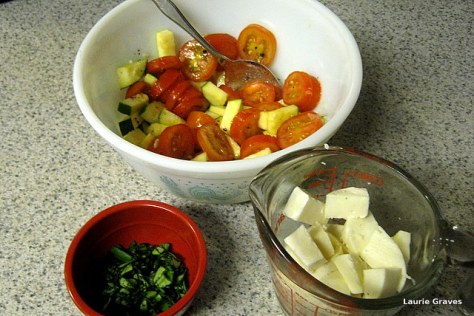During this time of staying at home—extreme even for a homebody like me—I have been doing a fair amount of ordering online—mostly food to fill in the gaps in my larder. However, there is a twenty-five pound bag of hulled sunflower seeds waiting on the porch. After all, the birds have to eat, too.
Regrettably, most of the packages come from away, as we Mainers would put it.
However, I have been doing my bit to support the local economy.
Item: Absolutely delicious chocolate from a local candy store called Scrummy Afters Candy Shoppe. I’ve written about Scrummy’s before, and I am crazy about their handmade chocolates. Their store in Hallowell, a nearby town, is closed, but the owners are still making chocolates in their commercial kitchen. Those chocolates can be ordered online.
Here is what I ordered—Cashew & Toffee Chews and Salted Caramels.
Clif and I are having a little chocolate every day, trying to make the deliciousness last as long as possible. No doubt, we will order more when this batch is gone.
Item: Spring and Summer farm share from our own Farmer Kev.
It’s not all chocolate and bonbons here at our home in the woods. We also eat lots of fruit and veg. This year we will be well supplied by Farmer Kev, whose family we have known for a long time.
I’ve also written about Farmer Kev, who is an absolute wonder. In brief: The gardening bug bit Kevin when he was young—around twelve or thirteen—when he realized he had a passion for growing food. From his parents’ backyard, Kevin expanded to rented fields and finally to his very own farm. All by the time he was in his early thirties.
Here is a picture of a farm share from a past spring.
To say we are looking forward to Farmer Kev’s fresh, organic vegetables is a big, big understatement. Clif and I are already dreaming about salads, tomatoes, and corn on the cob. Garlic, onion, and green beans.
We will also get a fall and winter share, which will pretty much take us through the year.
Hail chocolate, spring, and fresh vegetables!
Coronavirus News from Maine
From the Bangor Daily News
Making Whoopie
Rock’s Family Diner in Fort Kent has experienced a drop in revenue as people are staying home to help stop the spread of the coronavirus COVID-19.
“Takeouts have been very slow,” said Peter Pinette, who owns Rock’s along with his wife, Sandra Pelletier Pinette.
Ryan Jandreau, a branch manager at Maine Savings Federal Credit Union in Portland, reached out to Sandra Pelletier Pinette — the mother of one of his high school classmates — hoping she would send him some of the baked goods he enjoyed while growing up.
Within a few days, Jandreau received a dozen of Rock’s homemade chocolate whoopie pies…
Jandreau posted a photo of the whoopie pies on his Facebook page, and before they knew it, the Pinettes were receiving requests from all over the country to ship out the popular Maine treats.
For readers unfamiliar with whoopie pies, here is a picture of delectable whoopie pies from the excellent Bluebird Bakery rather than from Rock’s. I have no doubt that Rock’s whoopie pies are delicious, too.
From Maine CDC
Maine’s number of cases of the coronavirus: 827 (Monday’s numbers: 698 )
Deaths in Maine from Covid-19: 29 (Monday’s numbers: 19)
The News from All Over
I feel as though no national news story can compete with whoopie pies, so I’m only going to post the numbers.
The Latest Numbers
Global Cases: 2,167,955
Global Deaths: 146,055



























